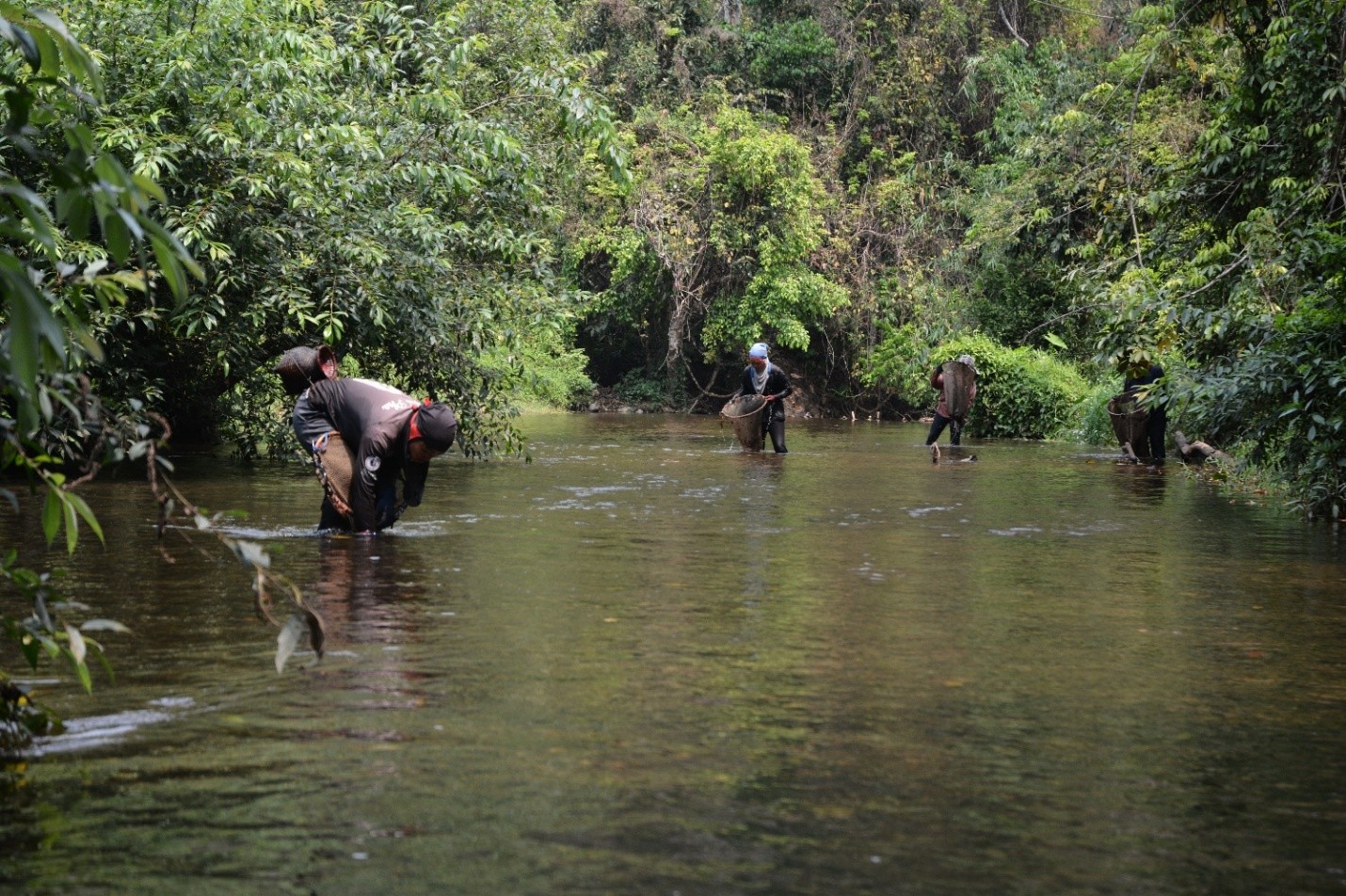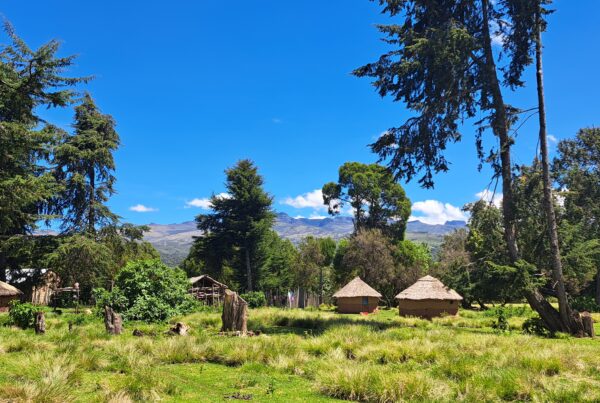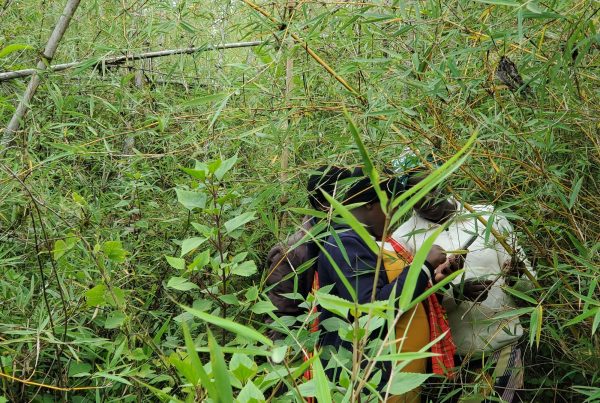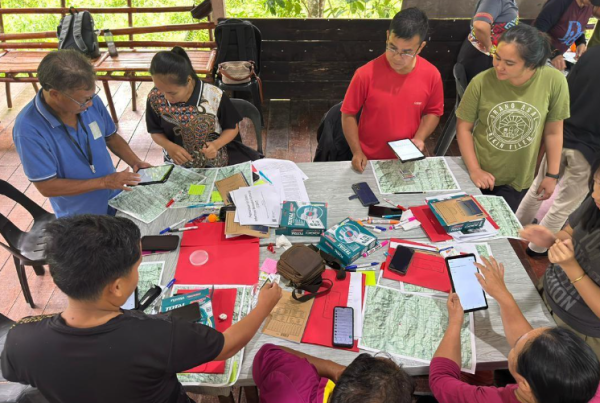For Indigenous Peoples and local communities, rivers are not just sources of water—they are also essential for fishing, cooking, travelling, and sustaining daily life. In many cultures they also have deep spiritual significance. Where rivers become unhealthy, the impacts on people’s health, cultures and wellbeing can be very substantial, and environmental impacts can also be significant. This guide for Indigenous Peoples and local communities presents a variety of options for monitoring the health of your local rivers and the diversity of life (biodiversity) that they support.
Monitoring can be done in many ways. It can consist simply of recording observations of what you see and hear. Or it can involve more technical methods, which need varying levels of technical training and scientific equipment. We include a range of methods to monitor your rivers that span this variety. With this guide, you’ll be able to:
- Observe the river you wish to monitor and recognise signs that it is in good or poor condition.
- Keep a record of the small animals that are present in the water, which gives a good first indication of water quality.
- Carry out simple tests of water quality.
- Assess fish health and abundance.
- Keep a record of the different types of animals and plants that live in or near the river.
This will enable you to report any significant changes, or potential hazards, to community leaders, environmental groups, government authors, and others.
This guide is part of a series. The two previous guides are:
- Introduction to Community-Based Environmental Monitoring: A Practical Guidance for Monitoring of Natural Resources by Indigenous Peoples and Local Communities
- Ensuring the sustainability of Customary Use on Indigenous and Community-Held Lands
The first of these gives procedural guidance on all six stages in setting up and carrying out community-based monitoring of any aspect of the environment. If you aren’t already familiar with it, we strongly encourage reading through it first, as it will give you a foundation for using this guide more successfully. The second gives guidance on assessing the sustainable use of land and water resources. This present guide focuses mainly on the different methods and analysis techniques that can be used specifically for monitoring rivers.




